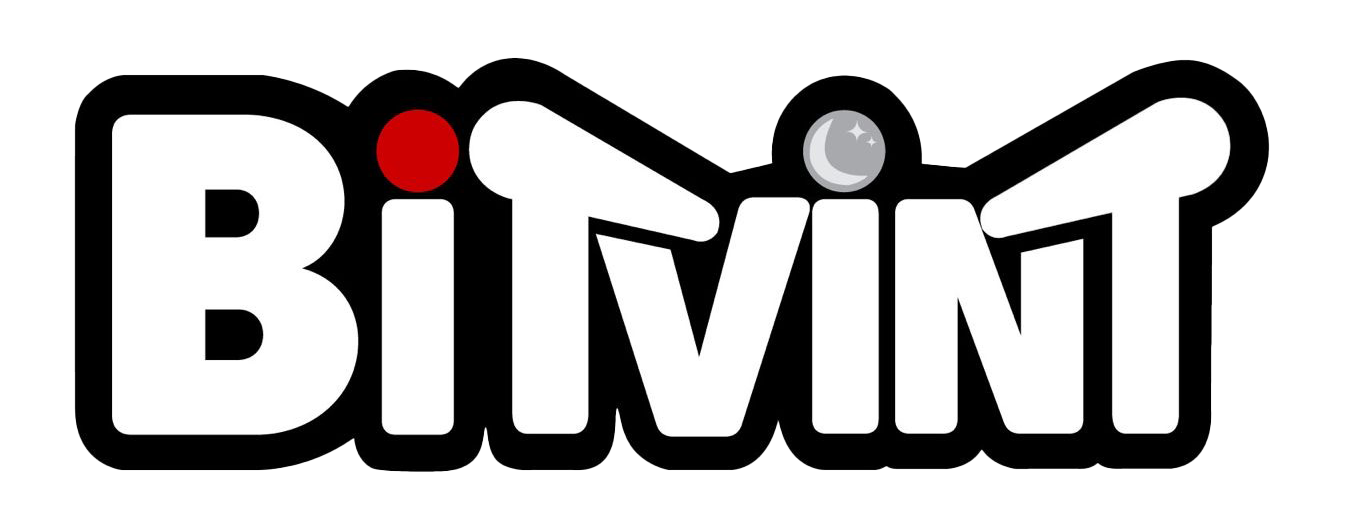Introduction
Released in 1981 by Midway, Gorf (short for "Galactic Orbiting Robot Force") is a unique fixed space shooter that broke new ground by featuring multiple gameplay stages and digitized voice synthesis. Players pilot an Interstellar Space Cadet ship across five distinct missions to defeat the evil Gorfian Empire. The game stood out for its variety, difficulty, and the taunting voice of the Gorfian overlord.

Development and History
- Developer: Dave Nutting Associates
- Publisher: Midway
- Release Date: 1981
Gorf was developed during the golden age of arcade shooters. It used the same core hardware as Wizard of Wor, allowing for speech synthesis—a major innovation at the time. The game’s modular stage design borrowed heavily from existing hits like Space Invaders and Galaxian, but layered them with unique twists. The speech effects, combined with dynamic gameplay progression, made it one of the most memorable shooters of its time.

Gameplay Video
Gameplay and Mechanics
Core Gameplay
- Five Missions: Mission 1: Astro Battles (inspired by Space Invaders), Mission 2: Laser Attack (waves of ships with laser beams), Mission 3: Galaxians (homage to Galaxian), Mission 4: Space Warp (tunnel shooter-style stage), Mission 5: Flag Ship (destroy the Gorfian flagship by hitting its core)
- Lives: Players start with multiple lives and earn a promotion for each full cycle of completed missions.
- Controls: Joystick and single fire button. Players can move their ship vertically within a lower playfield boundary.
- Rank System: Players advance from Space Cadet to Space Avenger as they repeat cycles.
Unique Features
- Voice Synthesis: The Gorfian enemy taunts players with digitized voice lines like “Some galactic defender you are!”
- Stage Variety: Unlike many arcade shooters of the time, Gorf offers five distinctly different play styles.
- Modular Design: Developers could theoretically swap stages for new missions, though this was never fully explored.

Cultural Impact and Legacy
- Voice Milestone: One of the first arcade games to use voice synthesis extensively.
- Influential Format: Paved the way for multi-stage shooter design seen in later games.
- Port History: Released on the Atari 2600, Commodore 64, ColecoVision, and others.
- Sequel Canceled: Plans for a sequel (Gorf II) were scrapped due to legal/licensing issues.
- Legacy Status: Often cited as a cult classic, remembered for its originality and difficulty.

Fun Facts
- Voice Chip: Used the Votrax SC-01 chip, also used in Wizard of Wor and Q*bert.
- Space Invaders Licensing: Midway licensed the Space Invaders mission, which prevented faithful ports on some home systems.
- Ranking System: Players could reach up to 10 different ranks, each with more difficult enemy patterns.
- Name Origins: Gorf is “Frog” spelled backward—though no frog reference is in the game itself.

Conclusion
Gorf was a bold experiment in arcade shooter design. With its stage variety, speech synthesis, and evolving difficulty, it captivated players and pushed the genre forward. Though often overshadowed by simpler single-stage games, it remains a standout example of early 1980s innovation and ambition.

